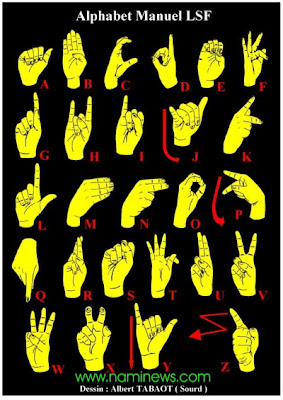
History and graffiti style alphabet letters AZ began in ancient Egypt. By 2700 BCE Egyptian writing had a set of some 22 hieroglyphs to represent syllables that begin with a single consonant of their language, plus a vowel (or no vowel) to be given by native speakers. This glyph is used as a guide for pronunciation logograms, to write grammatical inflections, and, later, to write down loan words and foreign names.
However, although it seems alphabet in nature, the original Egyptian uniliterals not a system and never used by themselves to encode Egyptian speech. In the Middle Bronze Age apparently "alphabetic" system known as Proto-Sinaitic script is estimated by some to have been developed in central Egypt around 1700 BCE for or by Semitic workers, but only one of the early writings have been described and their properties remains open to interpretation. Based on appearances and names the letter, believed to be based on Egyptian hieroglyphs.
This script eventually developed into the Proto-Canaanite alphabet, which in turn was refined into the Phoenician alphabet. This also developed into the South Arabian alphabet, from which the Ge'ez alphabet (a abugida) are descended. Note that the script mentioned above is not considered feasible alphabet, because they all lack characters representing vowels. Vowelless alphabet is called abjads early, and still in scripts such as Arabic, Hebrew and Syriac.
Phoenix is the first major phonemic script. In contrast to the two writing systems are used extensively at the time, Cuneiform and Egyptian hieroglyphs, each containing thousands of different characters, it is only about two dozen distinct letters, so the script is simple enough for common traders to learn. Another advantage is that the Phoenix can be used to write many languages, because words are phonemically recorded.
This manuscript is spread by Phoenician, which allows Thalassocracy script to be spread throughout the Mediterranean. In Greece, the script is modified to add the vowels, giving rise to the first true alphabet. Greece took the letters do not represent the voices that are in Greek, and change them to represent vowels. This marked the formation of a "true" alphabet, with the presence of two vowels and consonants as explicit symbols in a script. In the early years, there are many variants of the Greek alphabet, a situation that causes many different alphabets evolved.





 Bikini Pictures of:
Bikini Pictures of:



